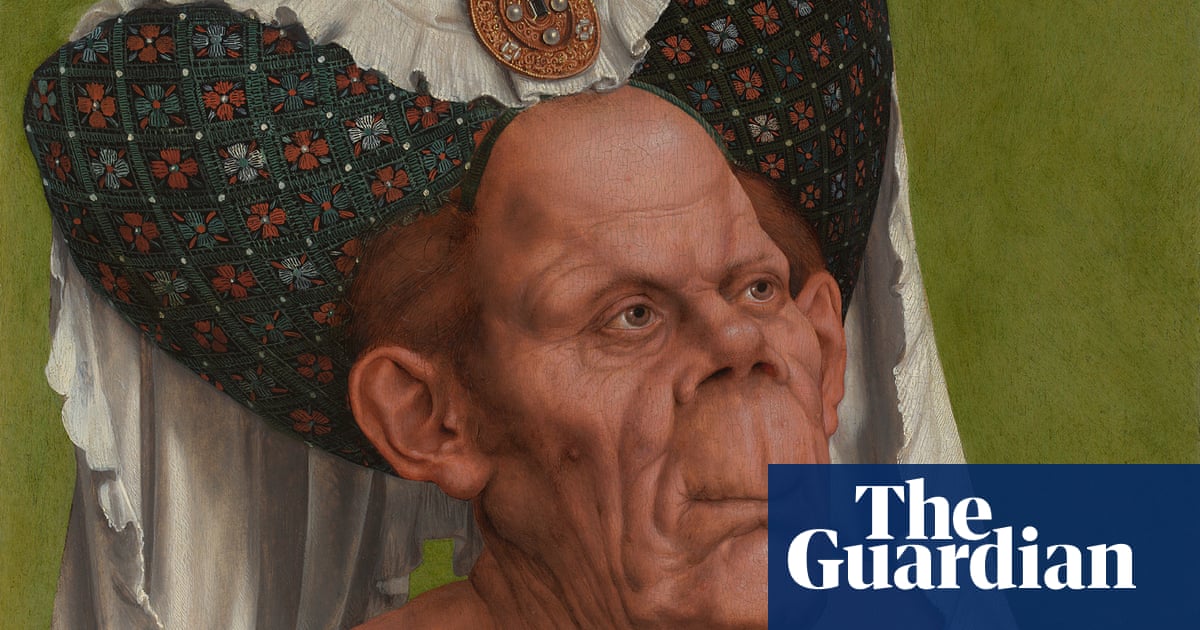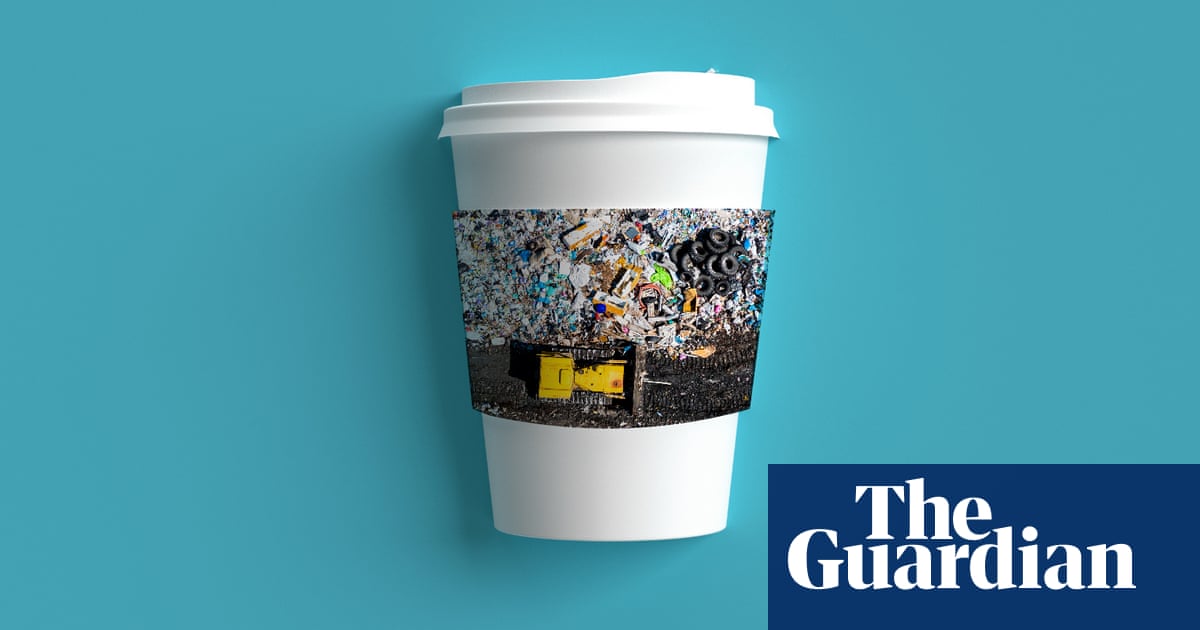
JEDDAH: It is no secret that coffee enthusiasts wish that they could use it in everything.
While it may seem ridiculous, a coffee week celebrated in Jeddah this week proves that those who wish to use it in everything actually can do this.
This week celebrates coffee not as a beverage but as a way of life. An Arab News team was taken on a caffeine-induced journey from the very basics of growing coffee to skincare.
For people as obsessed with coffee as we are, this truly was an experience rather than just an event.
At the farthest corner of the exhibition was a very small section, but perhaps the most significant of all. Farmers from Jizan were standing in traditional clothes, with flower crowns on their heads.
The passion of these farmers was visible when they explained the life cycle of coffee beans from cherries to the dried beans we see.
Ali Masood Al-Khaldi, a 45-year-old farmer, said: “We have been growing coffee for tens of years. Our beans are grown at a great height, from 1,200 to 2,000 foot above sea level.”
He continued to educate us about the growth and the drying of beans.
“It depends on the heat from the sun,” he said. “It can take anything from 14 to 20 days. Then on the last day, when the beans are dried, we peel off the excess and acquire the beans inside.”
The coffee cherries and the beans lie on a sort of net which is part of the process of drying the coffee. Mohammed Bakhreiba, an organizer of the event and also the mind behind the first coffee fountain in Jeddah, said: “The net is called a ‘drying bed,’ where they put the coffee cherries and the whole process takes place there.”Coffee art
When we heard the term “coffee art” we thought it was about “latte art” — art made with milk on top of coffee — but we were caught off guard when we saw a picture of none other than the famous “Mona Lisa” hanging in the section. That’s when we realized that it wasn’t latte art but art based on coffee.
The “Mona Lisa” was given this unique form by 18-year-old artist Mohammad Al-Ghunaimi. He said: “I painted this portrait using Turkish coffee and added gold leaf to it. It took me 23 hours to bring the painting to life.”
All his hard work paid off as it became the main attraction in the area. People excitedly took photos of themselves with the portrait and the artist behind it.Coffee and daily life
Two booths were available; the first themed around coffee and perfume, and it provided diffusers, perfumes and air fresheners. The diffuser that we smelt made the place warm and toasty with an aroma of coffee and caramel.
Tahani Sabae’e, the sales manager of the shop, said: “We specialize in large equipment that is used in cafes, hotels and restaurants. So that large places can smell great without an overpowering scent, our equipment works with the speed and intensity that you are comfortable with.”
Moving on from this toasty place, we came across a booth that showed the many ways coffee is good for your skin.
Heba Mohameed Jawadah, one of the representatives, said: “We have scrubs made with ground coffee to exfoliate your skin. They contain not just coffee but natural oils and vitamins, and come in varieties like coffee, coffee and mint, coffee and coconut and coffee and chocolate.
“We also have moisturizers, lip scrubs and tints, all based on coffee.”
This part of the exhibition showed us that now not only can you drink coffee but also smell of it and make your home smell of coffee too.Climate change
A part of the exhibition was dedicated to emphasize the effect of climate change on coffee.
Ayman Al-Khalifa, a trainee barista, explained: “There are 2.25 million cups of coffee consumed in the world globally and there are 152 million families that are dependent on importing, exporting and farming coffee. Due to desertification and the rise in global temperatures, the quality of the beans harvested has decreased,” he said. “The solution would be to increase the use of alternative methods and eco-friendly energy producers.”
Now, on to the actual drinking of coffee. The exhibition had many open cafes that each stood out in their own way. We spoke to the barista from Amama café, which held two booths.
Ibrahim Al-Hajj, 28, said: “We have many great drinks. One of our more pronounced ones is our cold brew that takes 24 hours to brew in nitrogen, so we call it ‘nitro cold brew.’ We also bake our own pastries including croissants and Russian honey cake.”Coffee fountain
The fountain in the center of the exhibition benchmarked Jeddah city and the movement of coffee. Mohammed Bakhreiba, the mind behind the fountain, said: “We wanted to mark the role Saudi Arabia has played in exporting coffee to Istanbul on the train along the Hijaz and, as Jeddah is a creative city, we made something that would reflect this creativity and history.
“When we decided to create this fountain we actually started a movement on the internet. People would send us samples of their beans and we would brew them to use in the fountain. So the idea was to bring back the beans that had been exported from here to the rest of the world.”
By the end of the event, when we were overdosed with caffeine, we met Prince Mishaal A. T. Al-Saud, who had many interesting things to say: “The trend in coffee these days needs to evolve. These days I see people drink coffee with sugar and flavors in it, but to appreciate the taste of the coffee you need to appreciate the real flavor of it without the need for extra flavors.”
With that our caffeine-filled experience came to an end, it is safe to say that the Arab News team was not able to sleep that night.












